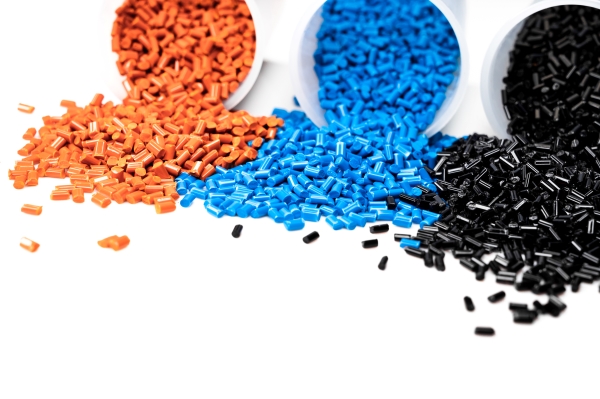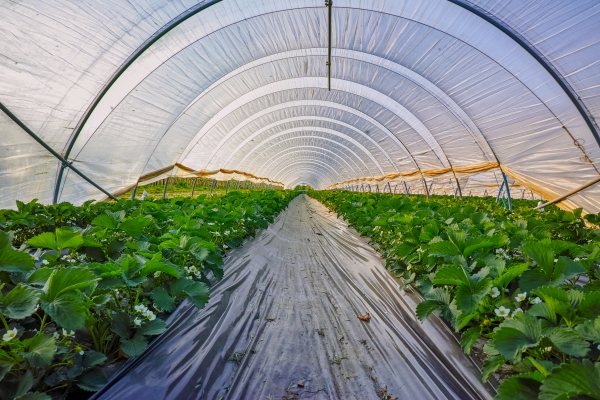
Low-melt polythene is a type of polythene with a melting point below 100°C. Its unique properties make it an essential material in various industries, including packaging, agriculture, and construction. Understanding low-melt polythene is vital for optimising production processes, enhancing product design, and improving sustainability. In this article, we will delve into the benefits of low-melt polythene and explore its applications across different sectors. Furthermore, we will discuss the potential for low-melt polythene to replace traditional materials in certain applications, leading to increased efficiency and sustainability. By the end of this read, you’ll gain a comprehensive understanding of this versatile material and its significance in modern industry.
Properties of Low Melt Polythene
Low melt polythene (LMPE) possesses several distinct properties that make it a highly versatile and practical material for various industrial applications. Its lower molecular weight and narrow molecular weight distribution compared to polythene (PE) result in exceptional flexibility and elongation at break. This means that LMPE can be easily moulded and processed into various shapes and forms, such as films, sheets, and fibres, without compromising its structural integrity.

One of the most notable features of LMPE is its low melting point, which enables easy processing and moulding. This property allows for the creation of heat-sealable films and containers, making it an ideal substitute for traditional PE in packaging applications. Furthermore, LMPE’s flexibility and elongation properties make it well-suited for use in agricultural mulching and construction membranes, where its durability and resistance to wear and tear are particularly valuable.
Another advantage of LMPE is its sustainability. Unlike traditional PE, which is produced using Ziegler-Natta catalysts, LMPE is made using metallocene catalysts. These catalysts are more environmentally friendly and offer a cleaner, more efficient production process. This makes LMPE a more eco-friendly option for companies looking to reduce their environmental footprint.
Applications of Low Melt Polythene
- Packaging: LMPE is used in heat-sealable packaging, such as plastic bags and containers, for food, medical, and other products.
- Agriculture: LMPE is used in greenhouse films, silage bags, and irrigation pipes, thanks to its ease of welding and forming.
- Construction: LMPE is used in waterproofing membranes, roofing, and flooring, with strong and durable joints created through welding and bonding.
- Medical Applications: LMPE is used in medical tubing, implantable devices, and drug delivery systems, owing to its biocompatibility and biostability.
- Textiles: LMPE is spun and woven into synthetic fibres, yarns, and fabrics, offering lightweight and breathable comfort.
- Automotive: LMPE is found in fuel tanks, engine mounts, and brake pads, benefiting from its chemical and abrasion resistance.
- Consumer Goods: LMPE is used in toys, kitchenware, and sporting equipment, boasting versatility and durability at an affordable price.
- The future of low-melt polythene looks bright. As technology continues to advance, new and innovative uses for this material are being discovered.
Advantages of Using Low Melt Polythene

Low-melt polythene offers several advantages in various applications. Firstly, low-melt polythene is cost-effective. It requires less energy to produce than other types of plastic, and its lightweight nature reduces transportation costs. Additionally, its durability and resistance to wear and tear mean that it can withstand repeated use and last longer, ultimately saving money and resources in the long run. LMPE increases efficiency in production processes by reducing the time required for melting and forming. One of the most significant benefits of using low-melt polythene is its positive impact on the environment. Moreover, low-melt polythene is produced from recycled materials and can be easily recycled itself. This makes it a sustainable option for businesses and individuals looking to reduce their carbon footprints. LMPE has the potential to replace traditional materials in certain applications, providing a greener alternative that can help reduce carbon emissions and promote sustainability while contributing to a circular economy.
Low-melt polythene is a versatile and sustainable material that has numerous applications across various industries. Its unique properties, such as its low melting point, flexibility, and elongation, make it an ideal substitute for traditional materials in many cases. The use of low-melt polythene offers several advantages, including cost-effectiveness, increased efficiency, and sustainability. As technology continues to advance, new and innovative uses for this material are being discovered, further increasing its potential to positively impact various industries and contribute to a more sustainable future. With its ability to reduce carbon emissions and promote sustainability, low-melt polythene is poised to play a critical role in shaping the future of modern industry.